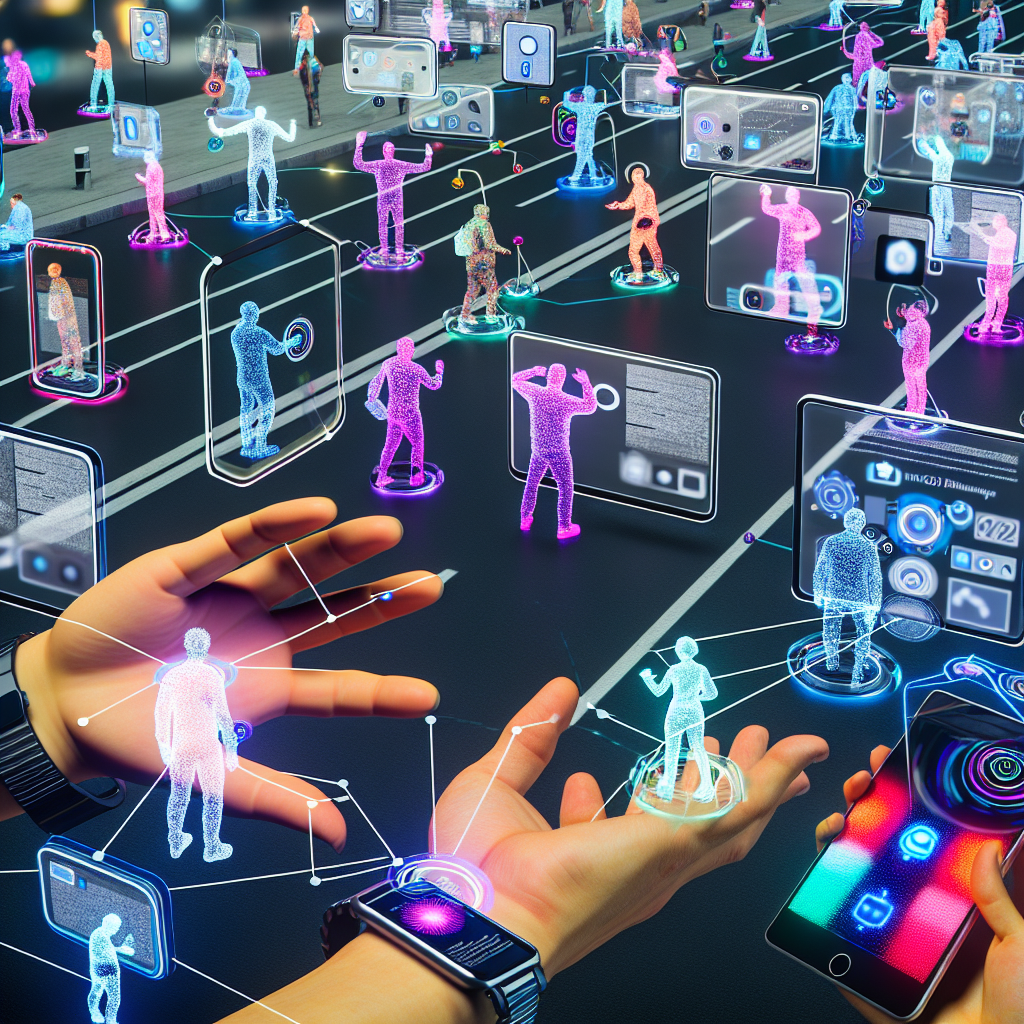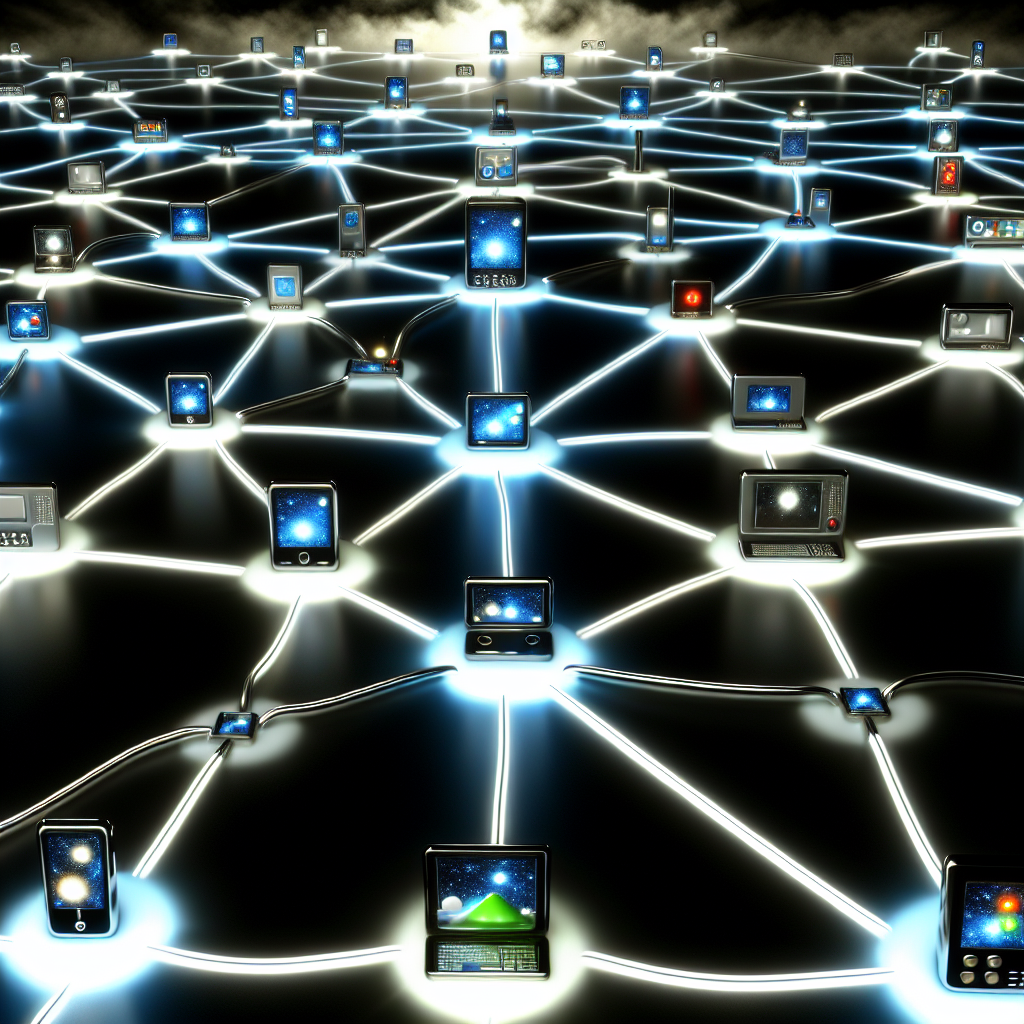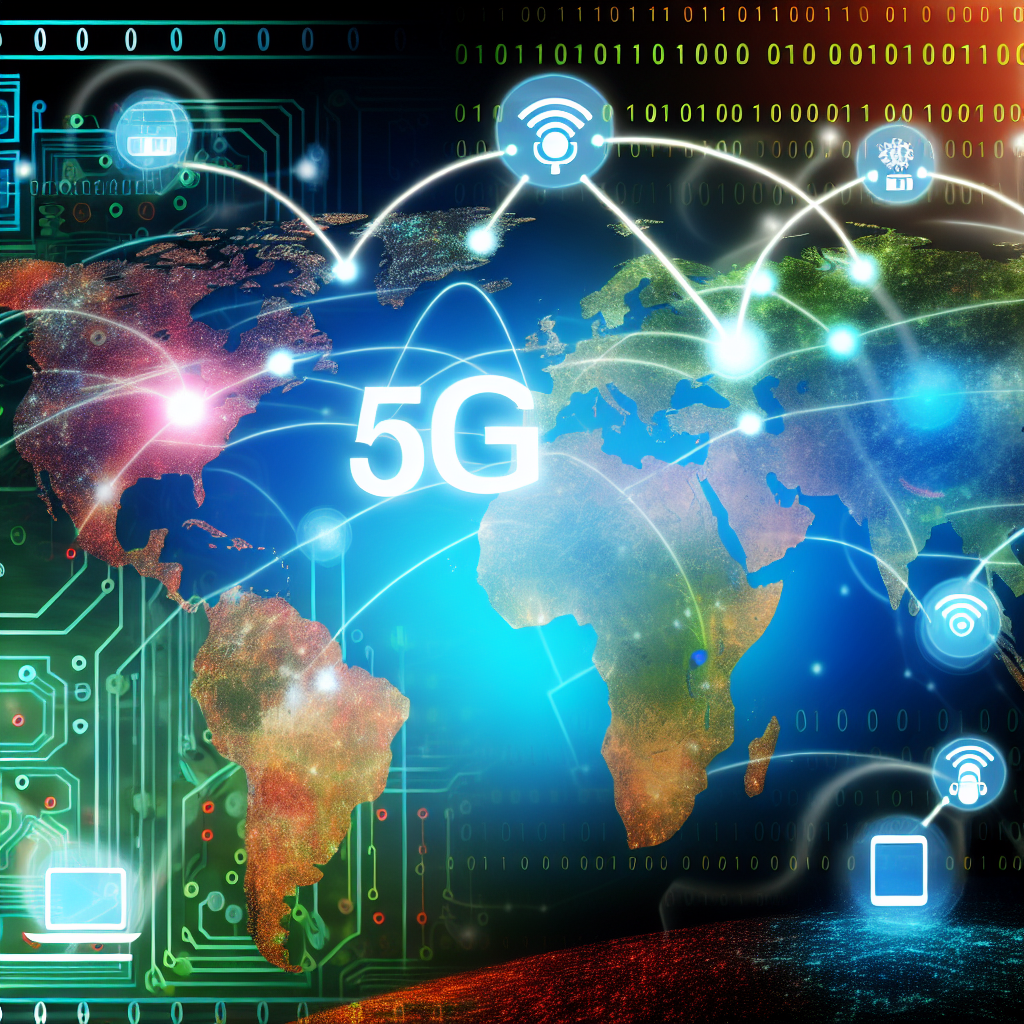5G technology revolutionizes connectivity and high-speed internet with faster speeds, lower latency, and increased capacity, transforming the Internet of Things ecosystem and network infrastructure. This promises a new era of innovation and efficiency in industries like healthcare, manufacturing, and transportation.
In the era of rapid technological advancements, the rise of 5G technology has been a game-changer in transforming connectivity and revolutionizing the way we interact with the internet. From high-speed internet to the Internet of Things (IoT), 5G is paving the way for a more seamless and interconnected world. In this article, we will explore how 5G is reshaping connectivity, the impact it has on network infrastructure and the IoT, and the endless potential it holds for the future of communication and technology. Join us as we delve into the world of 5G and discover how it is shaping the way we connect and communicate in today's digital landscape.
- 1. "5G: Revolutionizing Connectivity and High-speed Internet"
- 2. "The Impact of 5G on the Internet of Things and Network Infrastructure"
- 3. "Exploring the Potential of 5G for Seamless Connectivity"
- 4. "The Future of Connectivity: How 5G is Transforming Communication and Technology"
1. "5G: Revolutionizing Connectivity and High-speed Internet"

5G technology is revolutionizing connectivity and high-speed internet by offering faster speeds, lower latency, and increased capacity compared to its predecessors. With the rise of the Internet of Things (IoT), where everyday devices are connected and communicate with each other through the internet, the need for a reliable and robust network infrastructure has never been more important.
5G networks are designed to support the growing number of IoT devices by providing a more efficient and secure connection. This means that devices such as smart home appliances, wearable technology, and autonomous vehicles can communicate with each other seamlessly, leading to a more interconnected and efficient world.
The increased speed and capacity of 5G networks also have the potential to transform industries such as healthcare, manufacturing, and transportation. For example, in healthcare, 5G can enable remote patient monitoring and telemedicine services, while in manufacturing, it can improve automation and efficiency through IoT-enabled devices.
Overall, 5G is set to transform connectivity and high-speed internet by providing a reliable and fast network infrastructure that can support the growing demands of the IoT. As more devices become connected, the need for a strong and efficient network will only continue to grow, making 5G a vital component in the future of technology.
2. "The Impact of 5G on the Internet of Things and Network Infrastructure"

The rollout of 5G technology is poised to revolutionize the Internet of Things (IoT) and network infrastructure in profound ways. With its lightning-fast speeds and ultra-low latency, 5G offers the potential to connect exponentially more devices and sensors to the internet, enabling a new era of interconnected smart devices and systems.
One of the key benefits of 5G for the IoT is its ability to support a massive number of connected devices within a given area. This increased capacity will be crucial as the number of IoT devices continues to grow exponentially. With 5G, devices can communicate with each other and with the cloud in real-time, enabling faster data transmission and more efficient communication between devices.
Furthermore, the high-speed internet capabilities of 5G will enable more advanced IoT applications, such as autonomous vehicles, smart cities, and industrial automation. These applications require reliable, low-latency connectivity, which 5G can provide. This will open up new possibilities for businesses and industries to leverage IoT technology to improve processes, increase efficiency, and drive innovation.
In terms of network infrastructure, the deployment of 5G will require significant upgrades to existing networks to support the increased bandwidth and connectivity demands. This will involve the installation of new infrastructure, such as small cells and fiber optic cables, to ensure seamless connectivity and coverage. Additionally, network providers will need to invest in upgrading their existing infrastructure to support the high-speed, low-latency capabilities of 5G.
Overall, the impact of 5G on the Internet of Things and network infrastructure will be transformative, enabling a new level of connectivity and innovation. As the rollout of 5G continues to expand, we can expect to see a proliferation of new IoT applications and services that will revolutionize how we interact with technology and the world around us.
3. "Exploring the Potential of 5G for Seamless Connectivity"

5G technology holds the promise of revolutionizing connectivity by offering high-speed internet access and significantly improving network infrastructure. With its faster speeds, lower latency, and increased capacity, 5G has the potential to transform the way we connect and interact with devices and services in the Internet of Things (IoT) ecosystem.
One of the key benefits of 5G is its ability to provide seamless connectivity across a wide range of devices, from smartphones and tablets to smart home devices and industrial sensors. This means that users can expect faster and more reliable connections, allowing for smoother streaming, faster downloads, and improved overall user experience.
Furthermore, the low latency of 5G technology enables real-time communication between devices, making it ideal for applications that require instant response times, such as autonomous vehicles, remote surgeries, and smart city infrastructure. This level of connectivity opens up new possibilities for innovation and efficiency in various industries.
Overall, the potential of 5G for seamless connectivity is vast, offering a new era of interconnected devices and services that will transform how we live, work, and communicate. As the rollout of 5G continues to expand, we can expect to see a world where everything is connected, providing endless possibilities for innovation and growth in the IoT landscape.
4. "The Future of Connectivity: How 5G is Transforming Communication and Technology"

The future of connectivity is being revolutionized by the introduction of 5G technology. With its promise of high-speed internet and improved network infrastructure, 5G is set to transform communication and technology as we know it. The Internet of Things (IoT) is expected to greatly benefit from the increased connectivity that 5G offers, allowing for more efficient and seamless communication between devices.
5G is not just an evolution of existing technology, but a revolution that will enable new possibilities in various industries. From autonomous vehicles to smart cities, the potential applications of 5G are endless. With its ultra-low latency and higher data capacity, 5G will enable real-time communication between devices, paving the way for a more connected and automated future.
The impact of 5G on communication and technology cannot be overstated. As more devices become connected and the IoT continues to grow, the need for high-speed internet and reliable network infrastructure will only increase. 5G is poised to meet these demands and usher in a new era of connectivity that will shape the way we live, work, and interact with technology.
In conclusion, the rise of 5G is truly revolutionizing connectivity and high-speed internet as we know it. With its impact on the Internet of Things and network infrastructure, 5G is paving the way for a more interconnected and seamless future. The potential of 5G for transforming communication and technology is immense, and the possibilities are endless. As we look towards the future of connectivity, it is clear that 5G will play a pivotal role in shaping the way we interact with the world around us. Embracing the power of 5G will undoubtedly lead to a more efficient, innovative, and connected society.





